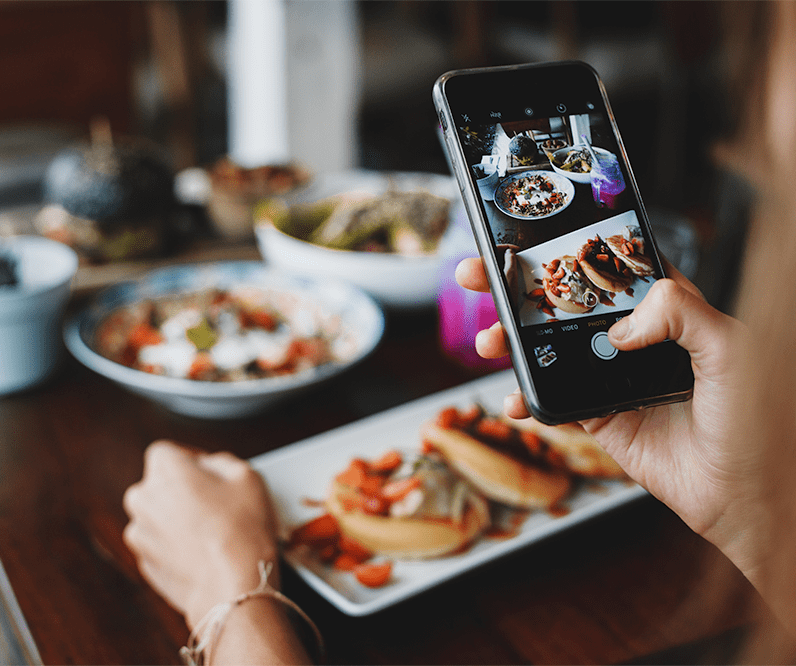So you’ve noticed that the cafe down the street from yours is the place to be. It makes no sense. You sell the same things, you put on your best smile, and your shop looks great! What do they have that you don’t have?
Well, in short – social media.
1. Complete Your Accounts
- A branded image such as a logo or a picture of your team
- A concise, catchy, information-dense bio or description – consider adding some emojis.
- Contact info (location, phone number, email)
- Opening hours
- Relevant links

2. Search Engine Optimization (SEO)
On Twitter, SEO is all about retweets and likes. Businesses don’t win solely with statements or announcements. On the other hand, talking to your audience will win your attention. Fun jokes and even some memes are permitted on Twitter, so make the most of it!
Facebook SEO revolves around setting up a business profile and completely filling out every available element of the account.
3. Understand Your Customer
4. Tailor Your Posts to Your Target Audience

Marketing and branding have changed from the cut & dry, hands-off days. Customers now want to feel like they’re on the same wavelength as the brand they’re purchasing from. This change means that brands have to be relatable, in-touch, and transparent about their values and goals.
5. Eye-catching Photos

6. Google Business Accounts
These days, reviews make the choice for the customer. Plus, our online average attention span is just short of 8 seconds if the research is to be believed.
Final Thoughts

